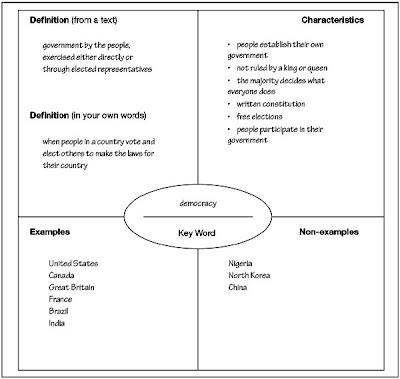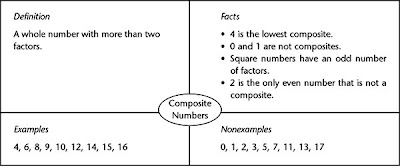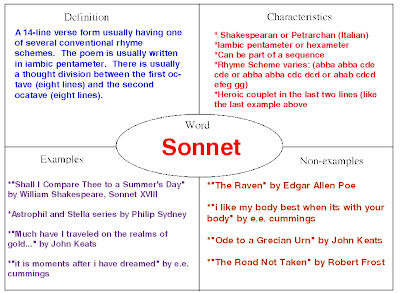1. The first step of understanding any reading including the Bible text is to be certain that you know what each word means ... including knowing which sense of the word applies in the context. Therefore, it is important to know how to access a definition of a word in any language for which you have dictionaries or glossaries.
Double-clicking on a word will open the top priority dictionary to the word ... in this case livestock.

2. The top priority resource in this case must have English headwords as an index and contain the word "livestock" (or the lemma of the word as determined by a parsing routine).

3. You may verify the indexing by checking in the resource information panel (circle i .. upper right)

4. When I select offering (lemma offer) a different dictionary is chosen because my Bible dictionaries have higher priority than my English dictionaries and the word "offer, offering appears in the ISBE.

5. Checking the resource information panel, I can verify that it is indexed by English headwords.

6.The right-click Context Menu offers several options for finding the definition. The most obvious is the option to open your top priority dictionaries containing the term. Remember that the left side menu may have a scroll bar.

7.For a simple lookup of the word, you have a choice between in a new tab or in a tab currently opened to the appropriate dictionary. The results will match what you would obtain by a double click.

8. An example of a simple lookup.

9. A power lookup will provide multiple definitions in dictionary priority order. It is also accessed via the Context Menu.

10. Proper nouns behave in the same manner as common nouns. Unfortunately I do not have Spanish or German dictionaries to show that they work in the same way. Note that when a word is transliterated or is not tagged with a language, Logos doesn't know what dictionary to use and may provide unsatisfying results ... human intervention may be required to actually find a definition.

11. You can use History to identify words that you have looked up and add them to a vocabulary list or to study cards. This is especially helpful for home schooling and for second language learning.

12. from the site Reading Educator on the Frayer Model for learning vocabulary - a standard way of teaching vocabulary and insuring you actually understand the definition:
Frayer Model

The Frayer Model is a graphical organizer used for word analysis and vocabulary building. This four-square model prompts students to think about and describe the meaning of a word or concept by . . .
- Defining the term,
- Describing its essential characteristics,
- Providing examples of the idea, and
- Offering non-examples of the idea.
This strategy stresses understanding words within the larger context of a reading selection by requiring students, first, to analyze the items (definition and characteristics) and, second, to synthesize/apply this information by thinking of examples and non-examples.
Steps to the Frayer Model:
- Explain the Frayer model graphical organizer to the class. Use a common word to demonstrate the various components of the form. Model the type and quality of desired answers when giving this example.
- Select a list of key concepts from a reading selection. Write this list on the chalkboard and review it with the class before students read the selection.
- Divide the class into student pairs. Assign each pair one of the key concepts and have them read the selection carefully to define this concept. Have these groups complete the four-square organizer for this concept.
- Ask the student pairs to share their conclusions with the entire class. Use these presentations to review the entire list of key concepts.

Learn More:
from Mr. McLaughlin's Class which has examples of the Frayer Model:
The Frayer Model: A Concept, Definition, Vocabulary Learning Strategy
Frayer Model
Word Categorization
The Frayer Model is a type of graphic organizer that helps students develop relationships and categories associated with vocabulary. It provides students an opportunity to explain and elaborate with examples their understandings of a concept, issue or word. The concept or word is entered into the central circle and supporting examples, explanations, etc and written into the boxes. The example below uses categories of definition, characteristics, examples and non-examples. This can be modified with other categories appropriate to the concept.
 Here is an example of a Frayer Model as it might be used in a math class to learn the concept of "Democracy":
Here is an example of a Frayer Model as it might be used in a math class to learn the concept of "Democracy":

Here is an example of a Frayer Model as it might be used in a math class to learn the concept of "Composite Number":

Here is an example of a Frayer Model used to understand the idea behind a sonnet in an English class:
